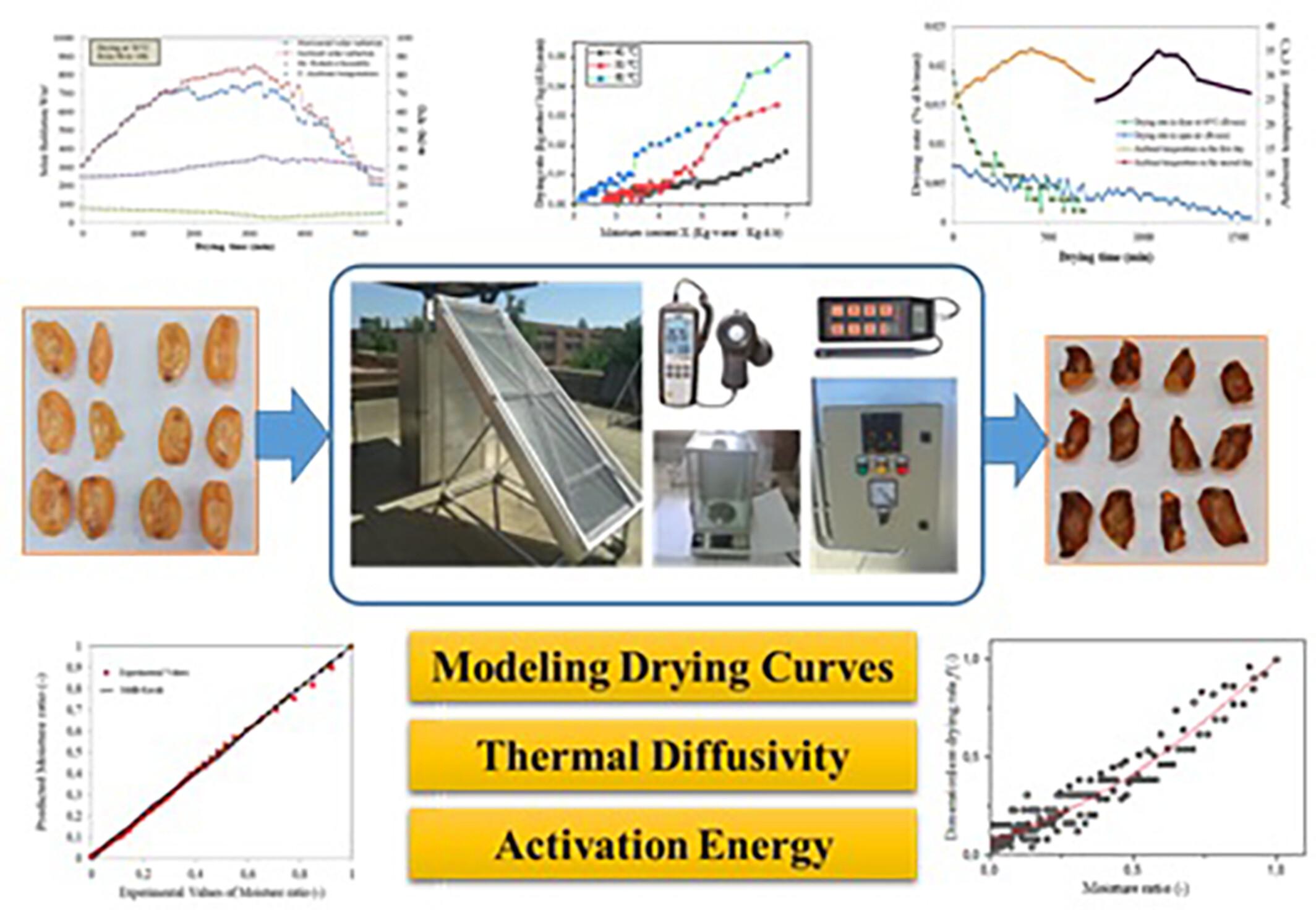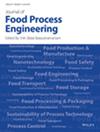Given the seasonal nature and high perishability of Eriobotrya japonica fruits, employing effective preservation techniques like drying is crucial to minimize economic losses and extend the fruit's availability throughout the year. This study rigorously examines the drying kinetics of Eriobotrya japonica fruits using an indirect forced convection solar dryer and highlights the technological advantages of utilizing this dryer over traditional open-air methods, showing that controlled conditions provide improved drying rates. The research develops the equation for the characteristic drying curve. The Midilli-Kucuk model was demonstrated to be the most appropriate for describing these kinetics under various conditions, offering a reliable method for predicting drying behavior at untested temperatures. The thermal diffusivity was determined and rises as the temperature increases. The application of the Arrhenius approach enabled the determination of an activation energy of 17.79 kJ/mol, confirming the substantial impact of temperature on the drying process.
The global challenge of food preservation, especially for perishable fruits like Eriobotrya japonica, requires innovative and efficient solutions to minimize economic losses and ensure the year-round availability of nutritious produce. Our research demonstrates the technological advantages of using a forced convection solar dryer over traditional methods for drying E. japonica. This system maintains a consistent air temperature, ensuring a stable energy supply, faster, and more uniform drying. A major contribution of this study is the development of the characteristic drying curve equation, which is crucial for optimizing drying parameters and designing an efficient solar dryer specifically for E. japonica. This research not only advances the understanding of the drying kinetics and thermal properties of E. japonica but also provides a foundation for the development of more efficient and sustainable drying technologies. By optimizing the drying process, this study contributes to improving the preservation and quality of loquat fruits, thereby supporting agricultural sustainability and reducing post-harvest losses. This work is highly relevant to the broader energy community, as it showcases the potential of solar drying technologies in enhancing food preservation while promoting the use of renewable energy sources.



